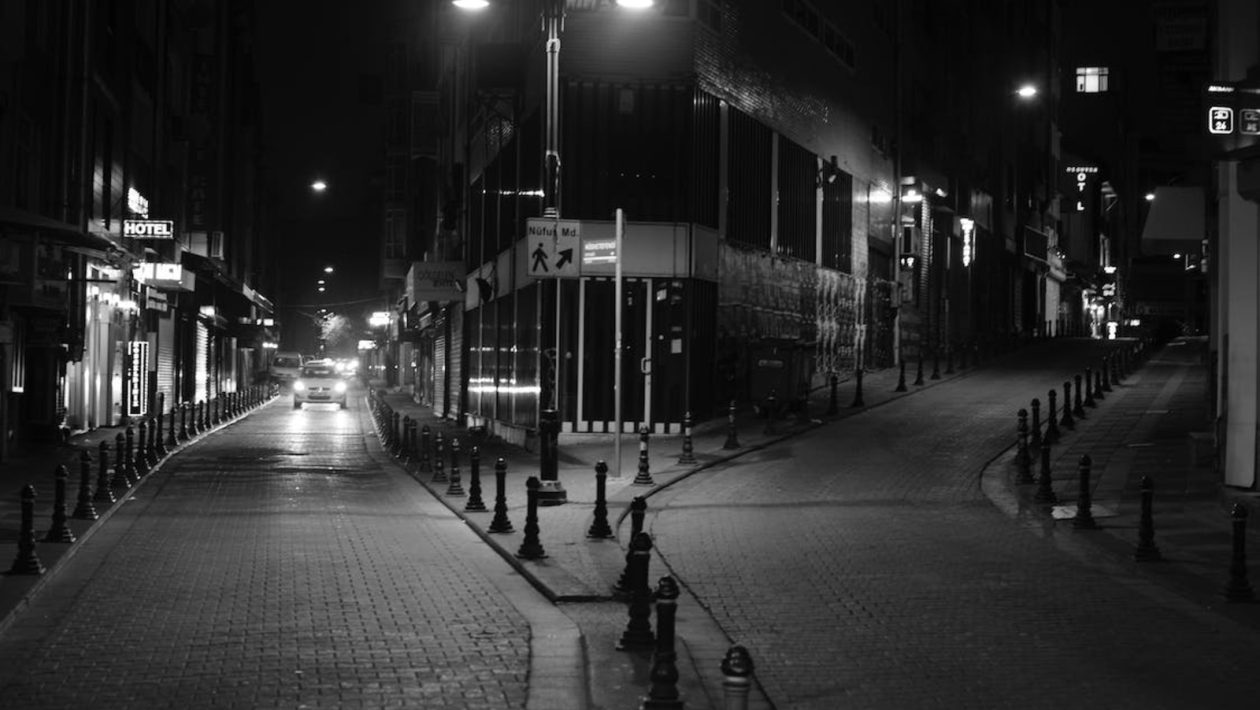As our cities continue to grow and evolve, the need for intelligent and aesthetically pleasing urban design becomes increasingly critical. One element that plays a surprising role in shaping our urban landscapes is the bollard. These short, often overlooked vertical posts are a mainstay in urban planning worldwide. At first glance, bollards may seem like minor additions to the urban landscape. Still, their contribution to creating safer, more organized, and visually appealing environments cannot be overstated.
Bollards serve a variety of functions in our cities, from controlling traffic and protecting pedestrians to enhancing aesthetic appeal and defining spaces. They elegantly combine form and function, demonstrating that the most effective urban design elements often serve multiple purposes. In this article, we will explore the multifaceted role of bollards in urban design, illustrating how these seemingly simple structures have become an integral part of the aesthetic and functional blueprint of our cities.
Bollards and Aesthetic Enhancement
While bollards were initially implemented for their practical use, their potential as aesthetic elements has been increasingly recognized and harnessed. Today, bollards are seen as much more than utilitarian installations; they serve as sculptural elements that contribute to the visual identity of our streets, parks, and plazas.
The diversity in bollard design is a testament to their aesthetic versatility. Available in an array of styles, from traditional and ornate to sleek and modern, bollards can complement various architectural and design contexts. Whether it’s a cast-iron bollard adorning a historical district or a minimalist steel bollard integrated into a contemporary urban setting, these elements can enhance the overall aesthetic coherence of an area.
Some cities have gone a step further, treating bollards as pieces of public art. Creative designs, including abstract forms and culturally relevant motifs, have turned bollards into unique visual statements that reflect local heritage and artistic spirit. By enhancing visual interest and adding a touch of creativity, bollards serve as a testament to the potential of merging practical urban design with artistic expression.
Bollards and Traffic Management
As our urban centers continue to grow and the demand for efficient traffic management increases, bollards have proven to be effective tools for directing and controlling vehicular traffic. They are strategically installed to delineate vehicle and pedestrian spaces, create protected bike lanes, prevent parking in certain areas, and discourage shortcutting through neighborhoods. This not only improves the flow of traffic but also contributes to a safer, more organized urban environment.
Modern cities are now seeing the introduction of more dynamic bollard systems that can adapt to varying traffic needs. For instance, retractable or collapsible bollards can be lowered to allow vehicles to pass through during certain hours, then raised again to restrict access when necessary. This flexibility makes them ideal for areas where vehicle access needs to change based on time of day or particular events, such as pedestrianized zones during business hours or emergency routes only accessible to service vehicles.
The Role of Bollards in Pedestrian Safety
Most importantly, bollards serve as a physical barrier between pedestrian zones and vehicular traffic, protecting people from potential accidents. By defining and separating spaces, bollards guide pedestrians along safe paths, away from moving vehicles, and prevent vehicles from entering pedestrian-only areas.
Various studies have shown the effectiveness of bollards in reducing pedestrian accidents. In instances where vehicles lose control, bollards can act as a last line of defense, preventing errant vehicles from entering sidewalks or public plazas. More than a deterrent, bollards provide actual physical protection, and according to The Insurance Institute for Highway Safety (IIHS), the installation of bollards in high-traffic pedestrian areas can reduce pedestrian-involved accidents by up to 40%.
Bollards as Landscaping Elements
Beyond their roles in traffic management and pedestrian safety, bollards have also found their place in the realm of landscaping. Often integrated into parks, plazas, and other public spaces, they serve as elements that define and structure space. They can be used to outline paths, protect plantings, separate different usage zones, or simply act as stand-alone features that contribute to the overall design aesthetic.
Bollards also contribute to the functionality of the landscape design. For instance, they can be placed around seating areas or playgrounds to establish a sense of enclosure and safety. They can delineate bicycle paths, guiding cyclists away from pedestrians and creating a more harmonious shared space. Some bollards also double as lighting fixtures, providing illumination in public spaces while maintaining a consistent design aesthetic.
Bollards can be designed to accommodate plants, becoming literal pillars of greenery in urban settings. This innovative use not only adds an appealing visual element but also contributes to the overall goal of urban greening and sustainability. By merging design, safety, and sustainability, bollards demonstrate their versatility as key components in urban and landscape design.
The role of bollards in urban design extends far beyond their simple, functional origins. They serve as essential tools for traffic management, pedestrian safety, and aesthetic enhancement, all while fitting seamlessly into the landscape. With their unassuming presence and diverse functionality, bollards exemplify the harmonious blend of form and function, making them an indispensable element in the future of urban design.





